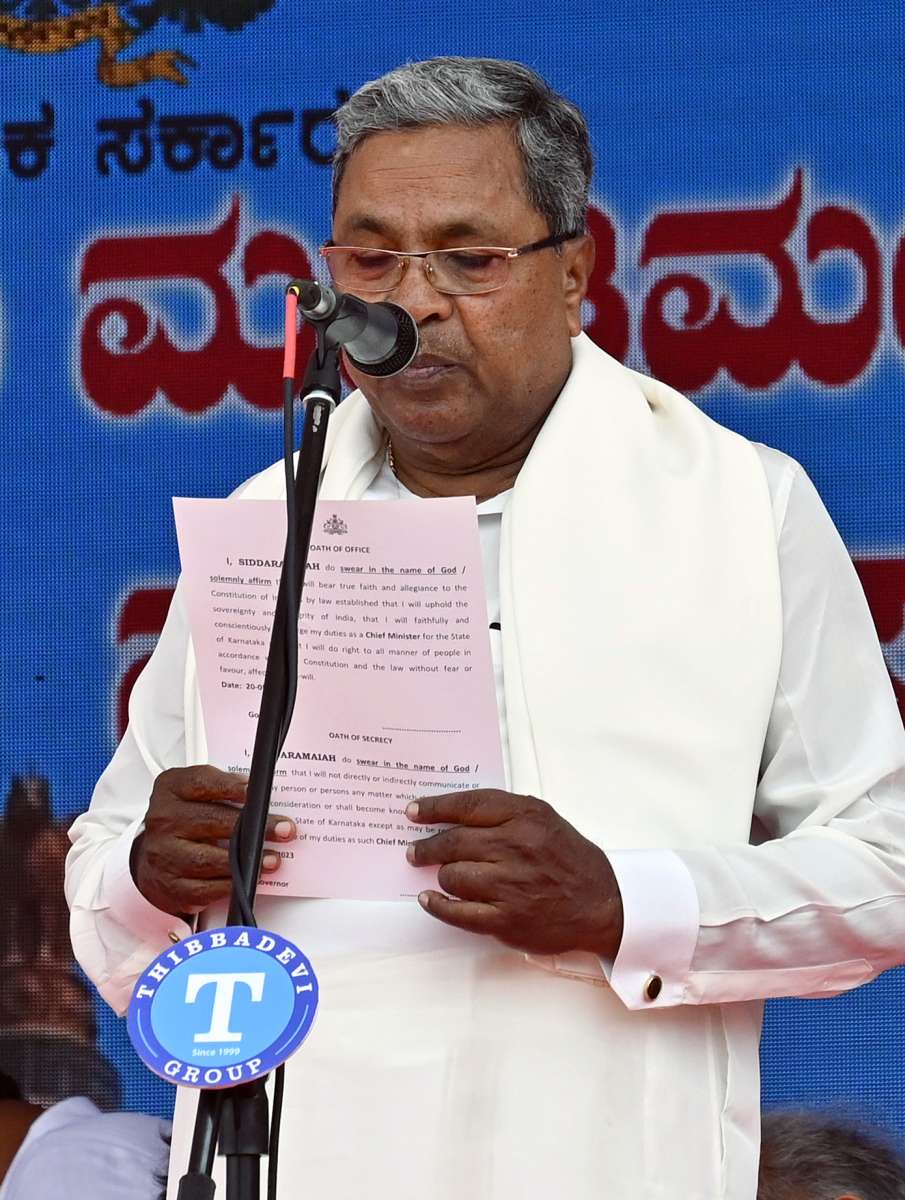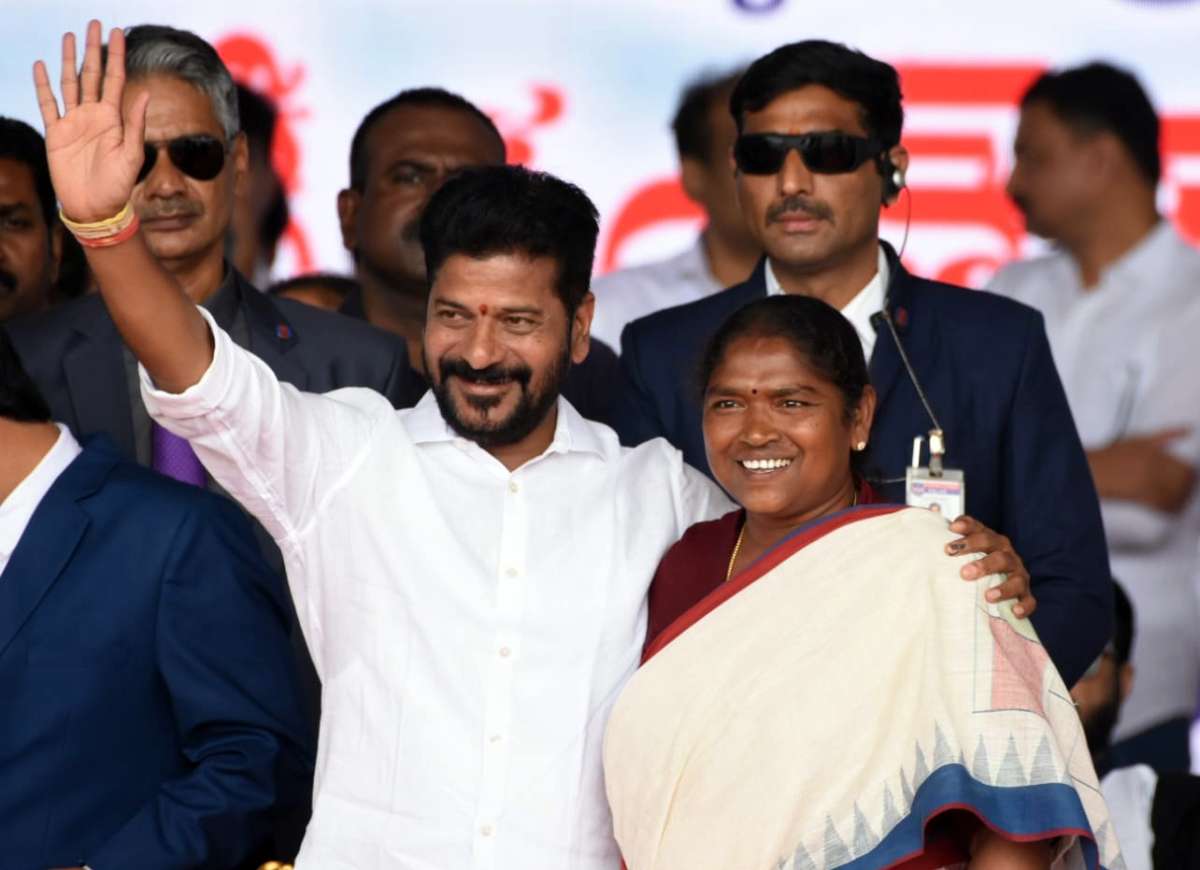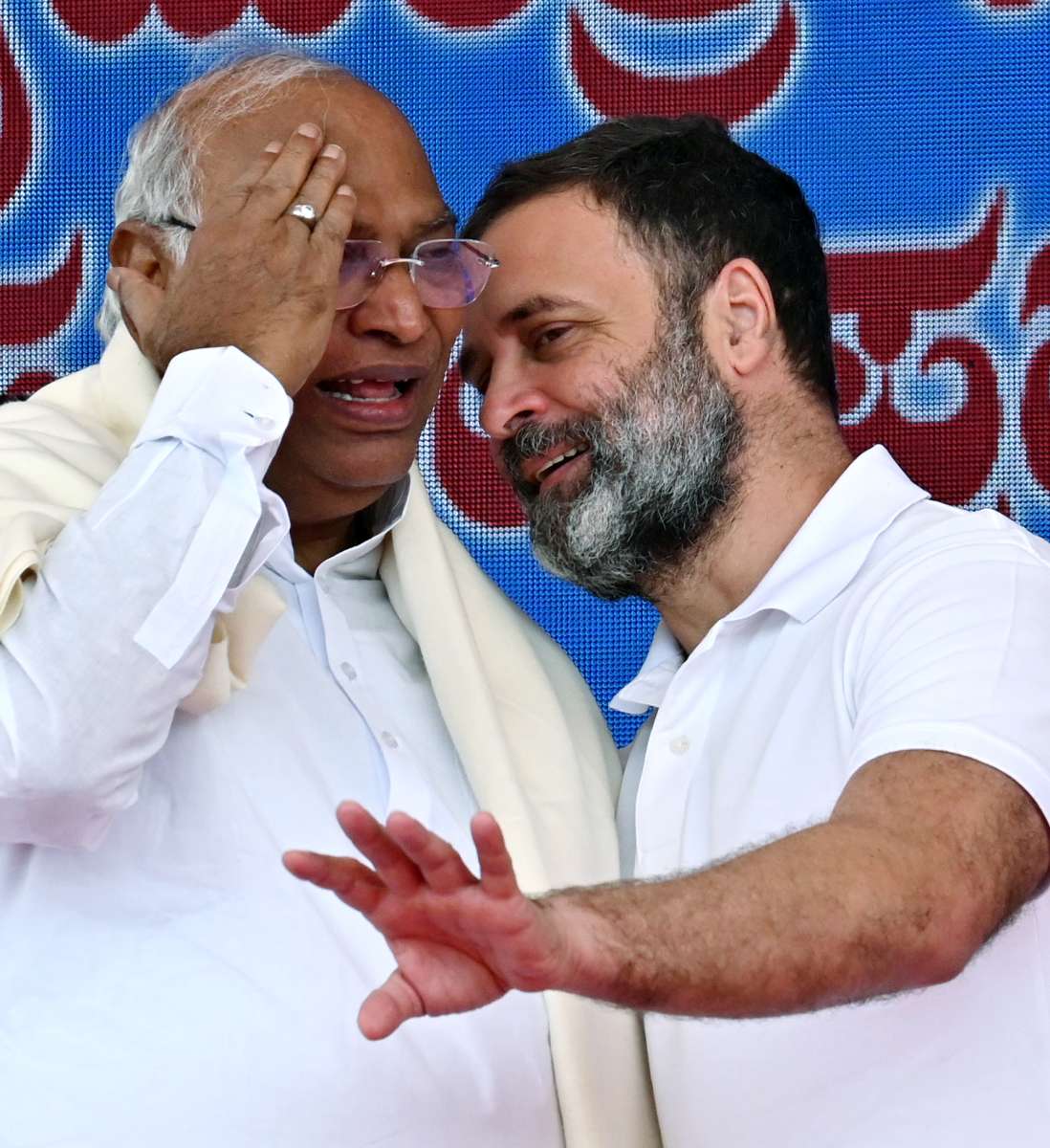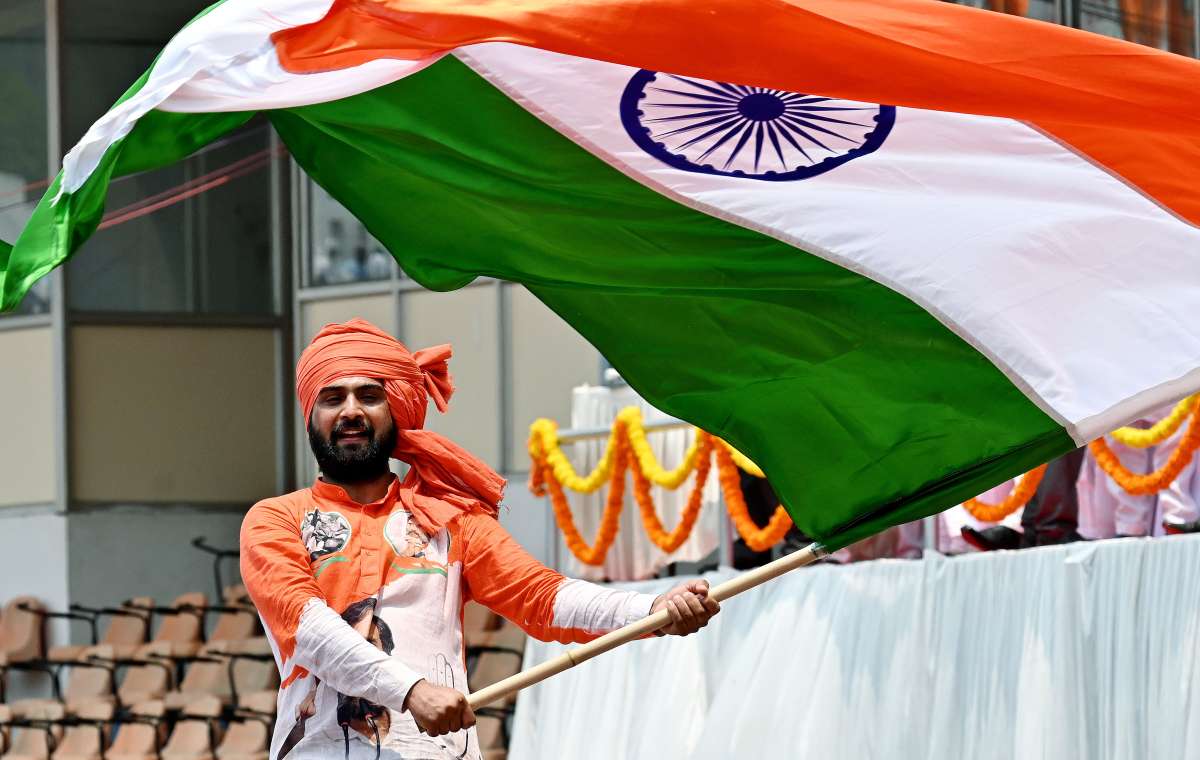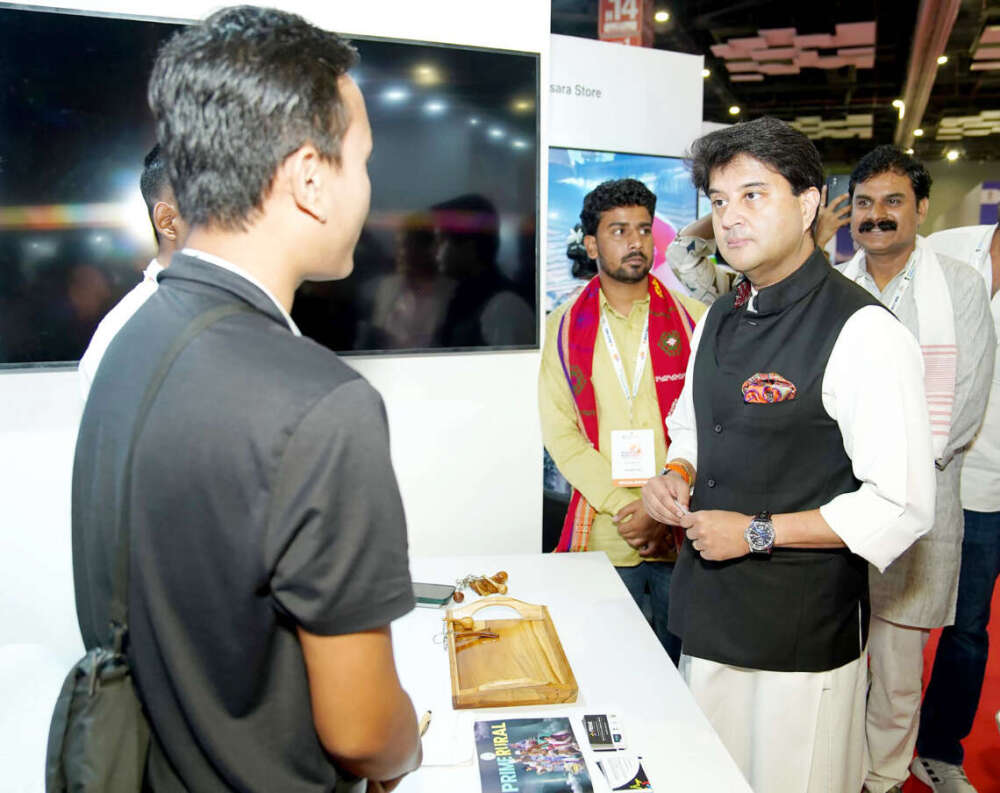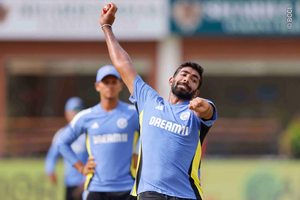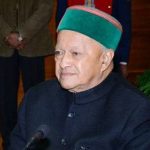Siddaramaiah,74, launched several welfare schemes during his five-year tenure as Chief Minister from 2013 and it helped the Congress campaign during the assembly polls which had several people-oriented promises…reports Asian Lite News
A seasoned political leader with socialist leanings, Siddaramaiah is set to be Karnataka Chief Minister for a second term with the Congress leadership deciding to entrust him with the task that entails quick delivery on the promises to people including “five guarantees”.
A leader with strong grassroots connect, Siddaramaiah has been associated with the formulation of state budgets for several years and has an eye for detail.
The Congress leadership, which had to make a choice between him and state Congress chief DK Shivakumar for the post of Chief Minister following an emphatic win in the assembly polls earlier this month, apparently felt that the former Chief Minister’s wide administrative experience will come handy in implementing manifesto promises in view of their financial implication.
Karnataka has complex caste equations and a history of voting out incumbent governments. Only three Chief Ministers before Siddaramaiah – S Nijalingappa (1962 and 1967, three terms including 1956); D Devaraj Urs (1972 and 1978) and RK Hegde (1983 and 1985) had two terms as Chief Minister.
Siddaramaiah,74, launched several welfare schemes during his five-year tenure as Chief Minister from 2013 and it helped the Congress campaign during the assembly polls which had several people-oriented promises.
During his long political career, Siddaramaiah has lost elections but has bounced back due to his strong determination and his quest for “social justice”.
Siddaramaiah was expelled from Janata Dal (Secular) following differences with its leadership and joined the Congress in the presence of the then party chief Sonia Gandhi in 2006.
Born on August 12, 1948 in Siddaramanahundi village of Mysore district in a farming family, Siddaramaiah belongs to the Kuruba community. He faced struggle during his initial years of education and later pursued BSc and Bachelor of Law.
His political innings began in 1978 when he became a member of Taluk Development Board. Siddaramaiah entered electoral politics by contesting Lok Sabha elections from Mysore in 1980. Though he did not win the election, he continued his fight.
He contested from Chamundeshwari in the 1983 assembly elections as a Lok Dal candidate and won. He extended support to the then Ramakrishna Hegde government and was made Chairman of the Kannada Watchdog Committee.
In the mid-term polls to the legislative assembly, Siddaramaiah contested as a candidate of the Janata Party and was re-elected. He has served as Finance, Transport and Animal Husbandry and Sericulture Minister in Karnataka.
Siddaramaiah went with the parent party during the split in Janata Dal in 1989 and contested the 1994 legislative assembly election as a Janata Dal candidate. He won and entered the assembly for the third time.
Siddaramaiah became the Finance Minister in the cabinet of then Karnataka Chief Minister HD Deve Gowda.
Siddaramaiah recalled that when he was preparing his first budget as the Finance Minister, there were jibes like ‘what does a shepherd know about finance?’
“But I did not pay heed to such insults. Instead, I took it as a challenge and later presented thirteen budgets which were hailed by eminent economists,” he said.
After Deve Gowda became the Prime Minister in 1996, Siddaramaiah was elevated as Deputy Chief Minister in JH Patel cabinet.
During the Janata Dal split in 1999, he identified with Janata Dal (Secular). He won the 2004 assembly election and became Deputy Chief Minister in the Congress-JD(S) coalition government.
However, there emerged differences between him and Deve Gowda and he was expelled from the JD(S) for his AHINDA activities.
He spearheaded AHINDA (Kannada acronym for minorities, backward classes and Dalits) conventions in various places of Karnataka to hear their concerns.
“It was always felt that minorities, backward classes and Dalits were marginalized and not given their due opportunity. I wanted to ensure social justice in all political and administrative platforms,” he had said.
The social coalition that he sought to build helped Congress in subsequent elections.
Joining Congress in 2006 became a turning point in his political career. Siddaramaiah won from Chamundeshwari in a bypoll. When assembly constituencies were reorganized in 2008, he entered the assembly from Varuna and was appointed leader of the opposition.
Siddaramaiah travelled through Karnataka in the 2013 assembly elections in which Congress won an absolute majority. After becoming Chief Minister, Siddaramaiah worked to fulfil the promises made by the party to the people. He announced several welfare programmes for the poor including Anna Bhagya.
Siddaramaiah was the leader of the coordination committee of the Congress-JD(S) government, which was formed after the 2018 elections, but collapsed subsequently due to the resignation of MLAs.
Siddaramaiah was the Leader of Oppostion in the outgoing assembly.
Congress won 135 seats in the 224-member Karnataka assembly pushing BJP to 66 seats in the results declared on May 13.
Siddaramaiah’s test will be to quickly deliver on manifesto promises to help his party carry the momentum of its election victory in the 2024 Lok Sabha polls. (ANI)
ALSO READ-Congress will work for people in Karnataka, says Sachin Pilot


